Roaming around the National Mosque in a burka in Kuala Lumpur I began to feel a similar sensation to what I had just felt on the beach in Langkawi Island in the Andaman Sea a few days earlier.
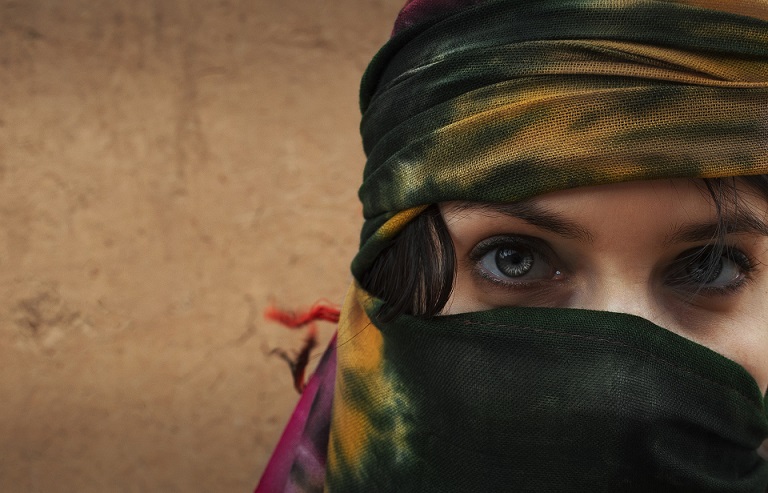 Faryal Iqbal
Faryal Iqbal
It was a liberating feeling that I felt walking on the beach in a bikini and a feeling of freedom that I felt strolling around the grounds of the mosque in a burka.
How could such contrasting items of clothing that are so conceptually loaded bring about the same feeling?
As a Muslim woman in the Muslim world it would be frowned upon to wear a bikini but in the western world walking around in a burka provokes many judgements also.
Adverts constantly bombard us with clothes and make up and so I felt liberated in a burka to be me without any of the fan fare. In the context of the beautiful Malaysian mosque, it made sense to be in a burka and I felt close to myself.
On the beach it made equal sense to be in a bikini. Walking along the shore I felt more of myself also. Is the debate about the veiling of Muslim women all about context then I ask? Conceptualisations change out of context. A woman in a bikini at rush hour in London would appear sexually “improper” for example.
Under the Taliban in Afghanistan, women were exiled from public space and their bodies were regulated and policed in non-public space. However Muslim women’s identities have been misrepresented by western feminists in an isolated way.
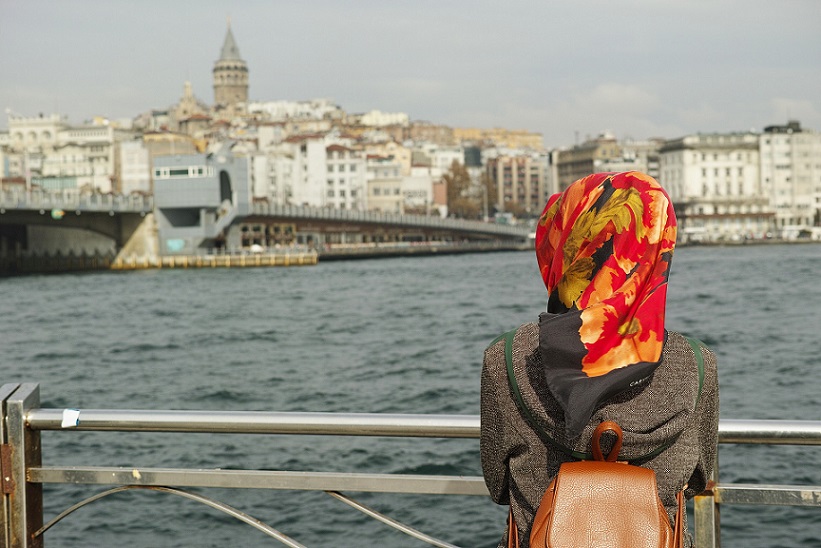 Ethnically Pashtun women, in Afghanistan and Pakistan, would often wear the burka however some sort of covering would be worn by women in the region at all times.
Ethnically Pashtun women, in Afghanistan and Pakistan, would often wear the burka however some sort of covering would be worn by women in the region at all times.
My great grandmother would wear a long blue burka with holes in the face area in her village in Punjab, India (present day Pakistan).
There is a reason for wearing the burka historically. During seclusion when men and women were separated and women could only interact with male relatives, there were great benefits of the burka as it acted as a form of portable seclusion. Women were enabled to navigate segregated public and private spaces in a burka.
The pursuit of freedom for veiled Muslim woman can be seen as a modern day imperial project, where a civilizing mission is taking place using freedom as the commodity instead of territorial expansion and industrial capital as in colonial times.
This is a form of cultural superiority which lies within cultural racism. Instead of skin colour differences, cultural differences have resulted in an imposition of “normal” values.
 Cultural superiority is seen in the project to save the women of Afghanistan adopted by the U.S elite women who fought for the freedom of the veiled women. I mean, who had heard of the problems of Afghan Women before 9/11?
Cultural superiority is seen in the project to save the women of Afghanistan adopted by the U.S elite women who fought for the freedom of the veiled women. I mean, who had heard of the problems of Afghan Women before 9/11?
Political speeches were orchestrated in an attempt to justify the “war on terror” and the invasion of Afghanistan whilst hiding from view the historical and political background to the war.
An erasure of the U.S arms and funds given to Pakistan to create the Taliban in the 1980’s was conveniently forgotten. The liberation of veiled women became the soft weapons of the war.
I do not deny that according to any objective standards, life in Afghanistan was harsh beyond comprehension however until Afghan women proved rhetorically useful, their tragic circumstances received little coverage in the western mainstream media.
Resistance identities and Muslim women
Enforcement often results in rebellion. The headscarf was used as a symbol of revolutionary struggle and political protest in Algeria in the 1950’s as well as in Iran in the 1970’s. The headscarf was donned by women who had previously not worn it.
Muslim women acting out of subversion against colonial powers that tried to eliminate and suppress all vestiges of Muslim societies resulted in rebellion in the form of resistance political Muslim identity.
In the French 1989 L’affaire du foulard (headscarf affair), a school in Creil outside Paris stated that students should exercise discretion in the use of signifiers of cultural difference, particularly dress.
They became more exclusionary which led ethnic and religious groups of students who felt this pressure to become more radicalized especially three Muslim students who insisted on wearing their headscarves.
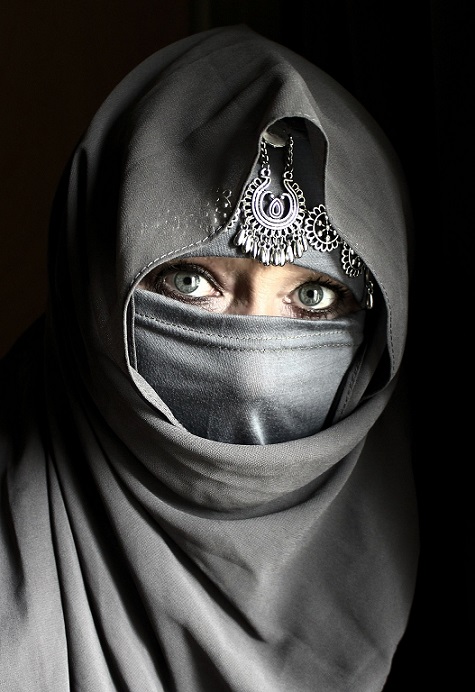 It became a tangled web of cultural politics and simplified complexities leading to confusion. Accommodating the students was largely seen as an abandonment of the French Revolutionary heritage of secularism and French secular Republican education.
It became a tangled web of cultural politics and simplified complexities leading to confusion. Accommodating the students was largely seen as an abandonment of the French Revolutionary heritage of secularism and French secular Republican education.
The national debate reduced the complexities and the simplicities of the incident to a flattened debate of threatened nationalisms where the three young women were stereotyped into a ubiquitous Islamic fundamentalism. Their identities were also flattened to a kind of feminine false consciousness.
Although the three students had catapulted themselves into the public eye by putting on their headscarves, they understood the political significance of their act enough to insist on wearing it even in the face of official condemnation.
Elisabeth Badinter, respected French professor and leading feminist, insisted that any wearing of a headscarf was in itself an act of subordination and therefore could not possibly be an act of political insubordination.
She along with many in the French Left refused to accept that wearing the headscarf could in any way be understood as an assertively political act. Rather, they adamantly insisted that it was a purely religious affront to the emancipatory tradition of French Republic politics.
Muslim women wearing the headscarf are often considered to be under total domination of Islamic patriarchy and acting passively in subordination. Recognition is rare that veiling can be a gender-inflected form of cultural and identity politics and resistance, as in France.
The student’s insistence on wearing the headscarf was an emphasis of their political freedom to define themselves publicly according to the cultural conventions of a different historical tradition that they and their immigrant families belong to.
The debate in France exhibited intolerance and indicates the need to sift through layers of assumptions.
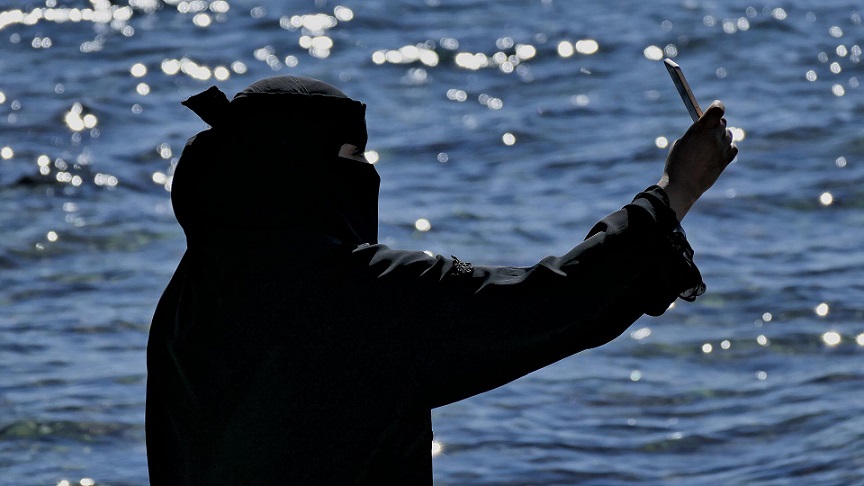 The headscarf ban veiled France’s social problems and unveiled its intolerance. I wonder how many people condemning it have personally asked a Muslim woman about her decisions behind wearing a headscarf.
The headscarf ban veiled France’s social problems and unveiled its intolerance. I wonder how many people condemning it have personally asked a Muslim woman about her decisions behind wearing a headscarf.
Confusing wearing the headscarf with a lack of choice is misguided and in need of further understanding. In the concentrated Muslim area of Tower Hamlets in London, I talked with a professional civil servant of British Bengali origin wearing the headscarf. She explained her decisions and feelings. “I chose to wear the headscarf during Ramadan and since then I feel more confident even if I look different when I go to work,” said Malika aged 23 at the East London Mosque. She also explained that she feels “more focused in my life than before” since she began to wear the headscarf two years ago.
A 42 year old British Muslim woman in Bradford, who began to wear the headscarf after going to Mecca, said that she “wanted to focus more on the internal rather than the external. I feel more peace wearing the headscarf.”
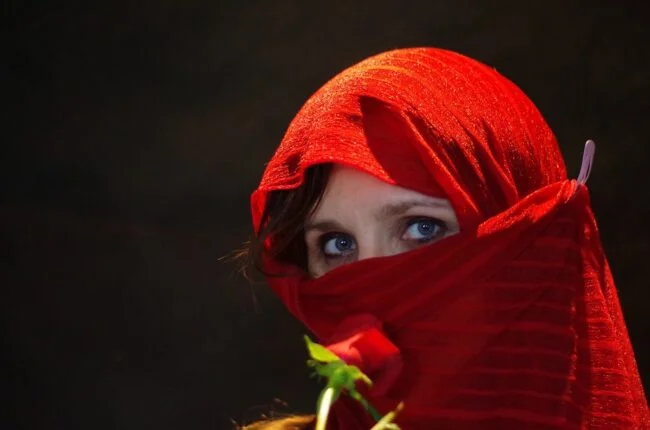 Considering the inner landscape of Muslim women before the debate can begin on the external is imperative, otherwise it will be rife with assumptions and misrepresentations. Being a Muslim woman is as fluid as any other identity and can change in relation to many circumstances.
Considering the inner landscape of Muslim women before the debate can begin on the external is imperative, otherwise it will be rife with assumptions and misrepresentations. Being a Muslim woman is as fluid as any other identity and can change in relation to many circumstances.
If some women are represented as being in need of saving, it implies that one wants to save them for something; a different kind of world and set of arrangements.
What might this transformation include, and what presumptions are being made about the superiority of what they are being saved for? Projects to save other women reinforce a sense of superiority which is loaded with a form of patronizing arrogance.
Perhaps a Muslim woman may feel free wearing a burka, just as a woman may feel on holiday in Portugal in a bikini. We do not know what are in the hearts or minds of every person. Before anyone starts to dictate and impose a cultural way of being, we should try to understand one another’s way of being first.
(Photos: Pixabay)












.jpg)












